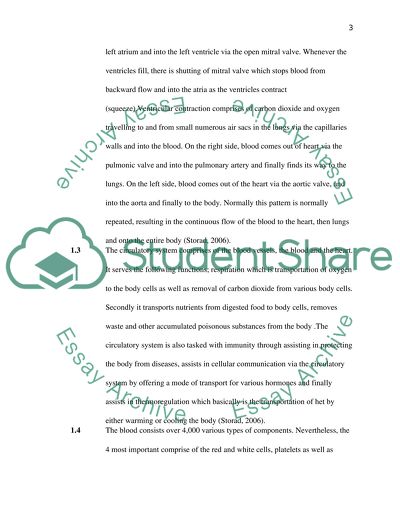Cite this document
(“Transport-Homeostasis Assignment Example | Topics and Well Written Essays - 3750 words - 1”, n.d.)
Transport-Homeostasis Assignment Example | Topics and Well Written Essays - 3750 words - 1. Retrieved from https://studentshare.org/health-sciences-medicine/1697921-transport-homeostasis
Transport-Homeostasis Assignment Example | Topics and Well Written Essays - 3750 words - 1. Retrieved from https://studentshare.org/health-sciences-medicine/1697921-transport-homeostasis
(Transport-Homeostasis Assignment Example | Topics and Well Written Essays - 3750 Words - 1)
Transport-Homeostasis Assignment Example | Topics and Well Written Essays - 3750 Words - 1. https://studentshare.org/health-sciences-medicine/1697921-transport-homeostasis.
Transport-Homeostasis Assignment Example | Topics and Well Written Essays - 3750 Words - 1. https://studentshare.org/health-sciences-medicine/1697921-transport-homeostasis.
“Transport-Homeostasis Assignment Example | Topics and Well Written Essays - 3750 Words - 1”, n.d. https://studentshare.org/health-sciences-medicine/1697921-transport-homeostasis.


